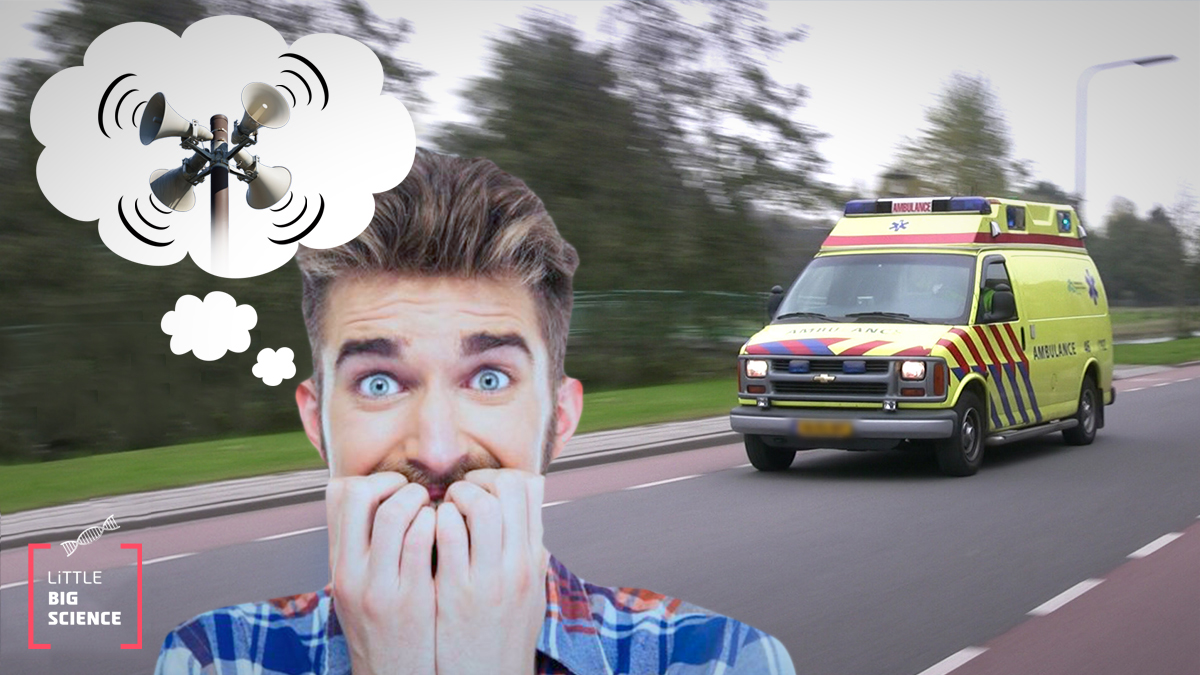
Fear generalization is a phenomenon that occurs in the brain when neutral sounds, smells, and sights become linked to a frightening situation. This phenomenon alters how these stimuli are processed in the brain and experienced by us, so that if we once could easily distinguish them from similar stimuli, we can no longer do so. Fear generalization helps us respond immediately in new dangerous situations, but under ordinary circumstances it can hinder more than it helps.
Advertisement
Imagine living for a moment in a primordial world, where strength, speed, and resourcefulness determine who survives. You go out to hunt your lunch and suddenly, for the first time in your life, you hear a roar. You hesitate, uncertain of its meaning. When you spot the lion that follows the roar, you no longer doubt that you should run as fast as possible. You have learned new information—the roar you just heard is linked to a concrete, life-threatening danger. Next time you hear that same sound, you will probably choose to flee immediately. The following day a similar scenario unfolds. Again a roar, but softer, different. Perhaps it is a harmless animal, or a different lion? Should you run at once or wait to see which animal appears after the roar?
Our brain spares us the dilemma. When it learns to associate any stimulus with danger, a phenomenon called “fear generalization” occurs. In fear-related situations, generalization causes similar danger-signaling stimuli to be perceived as identical, even though before the association we could easily distinguish between them. In other words—when you hear the second roar, you will not notice that it is different; it will sound identical to yesterday’s roar, leading you to run immediately. Fear generalization saves extensive learning time. There is no need to learn the meaning of each stimulus separately, because the assumption is that relatively similar stimuli will yield similar outcomes. In the face of danger, it is better to err on the side of caution than to regret it later.
Studies have shown that fear generalization takes place in the brain and applies to stimuli across multiple senses. In the auditory system, after participants in an experiment learned to link neutral tones with unpleasant sounds and odors, they struggled to hear the difference between the original tones and slightly different ones, although at the start of the experiment they distinguished them easily [1]. A similar phenomenon was demonstrated in the visual system. Researchers taught participants to associate simple visual stimuli (line patterns) with frightening images. In these experiments, too, discrimination between the lines deteriorated after they were linked to the threatening images [2].
Using functional MRI (fMRI) scans of the participants’ brains, the researchers identified the regions involved in generating fear generalization. One key brain region that is active during the fear response is the amygdala [3]. The amygdala is a small brain structure involved in emotional processing and the emotional response to fear. As expected, the amygdala was active when participants encountered the frightening stimuli. After participants learned to associate neutral shapes or tones with the frightening stimuli, amygdala activity was observed even when only the neutral stimuli were presented, without the threat. The most intriguing finding in these experiments is that the neural processing of the neutral stimuli in the sensory cortices changed after their association with fear. For example, when the neutral visual stimuli (lines) were presented alone after being linked to fear, activity in the brain’s visual processing areas differed compared with activity before the association. In other words—the very association with fear produces a concrete perceptual change of the neutral stimulus, likely driving the generalization and the decline in discrimination ability [1,2].
It is easy to see how fear generalization helped early humans survive. But what happens in modern life, where we are unlikely to encounter lions on the way to pick up our take-out lunch? A similar and unfortunately current phenomenon occurs when we hear alarms warning of rocket fire. After learning to associate the alarm sound with danger, fear generalization often takes place. Any sound that slightly resembles the alarm—a police siren, a motorcycle, or even a baby’s cry—can be generalized and perceived as the alarm itself. Consequently, we may re-experience the fear we felt during the real alarm. In some cases, this phenomenon can even lead to post-traumatic stress disorder (PTSD) [4], in which fear generalization takes part. Thus, although fear generalization has important survival value, today it is less necessary and can sometimes be problematic.
English editing: Elee Shimshoni
References:







